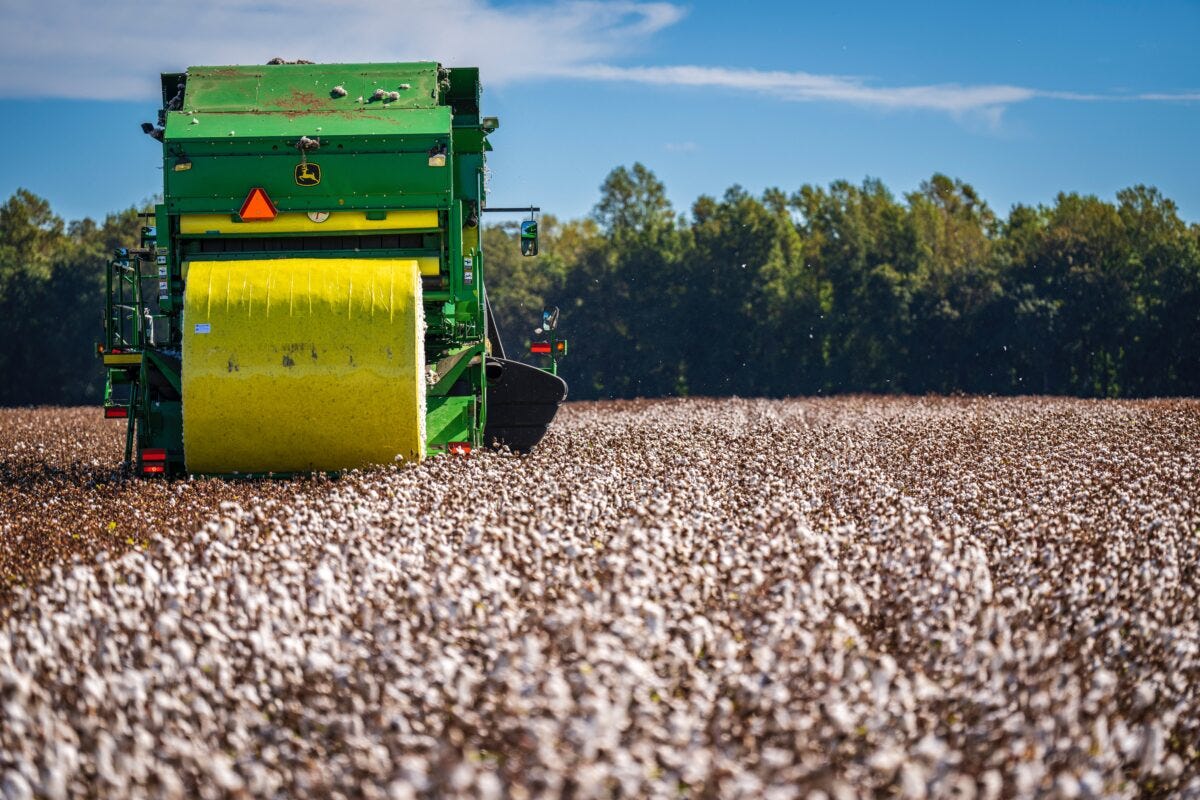Australian cotton carving a niche globally with its superior quality and strength
Australia, often synonymous with vast landscapes and unique wildlife, is also a global powerhouse in the cotton industry. Renowned for its superior quality, exceptional fibre properties and consistent production, Australian cotton is a coveted commodity in the international textile market.
Fibre of strength and purity
Australian cotton is celebrated for its superior quality, characterized by long staple length, high strength, and exceptional whiteness. The country's ideal growing conditions, including abundant sunshine and fertile soils, contribute to the development of these desirable attributes.
Staple length: A key indicator of cotton quality, Australian cotton boasts of an average staple length of 1-1/16 inches (28mm), with significant portions exceeding this measure. This length lends itself to the production of fine, high-quality yarns and fabrics. Moreover, Australian cotton boasts exceptional uniformity, low micronaire (a measure of fibre fineness), and minimal impurities. These attributes contribute to its superior spinning performance, resulting in higher yarn quality and reduced production costs for textile mills.
Strength: Australian cotton fibres are renowned for their strength, enabling them to withstand the rigors of spinning and weaving processes. This property is crucial for producing durable and long-lasting textile products.
Whiteness: Australian cotton is prized for its natural whiteness, reducing the need for extensive bleaching and processing, thereby preserving the fibre's integrity and environmental footprint.

Given its premium quality, almost the entire Australian cotton crop is exported. The country has consistently been a major player in the global cotton trade. In 2022, Australia exported cotton worth $3.1 billion. The main destinations of Australia cotton exports were: Vietnam ($1.19 billion), Indonesia ($376 million), India ($258 million), Thailand ($232 million), and Bangladesh ($228million).
Competing on the global stage
The global cotton market is highly competitive, with major players including the US, India, China, and Brazil. In 2022, Australia's main competitors in cotton exports were: China $12.2 billion; US $10.9 billion; India $7.27 billion. While Australia's production volume is relatively smaller compared to these giants, its focus on quality has carved a distinct niche.
Table: Australia's main export competitors in 2022
|
Country |
Export value (billion $ |
|
China |
12.2 |
|
United States |
10.9 |
|
India |
7.27 |
Australian cotton commands a premium price in the market due to its superior characteristics. This higher value offsets the smaller production volume, making the industry economically viable. Additionally, the country's consistent supply and adherence to strict quality standards have built a strong reputation among global textile manufacturers.
However, the industry faces challenges such as climate variability, which can impact yields, and global economic fluctuations that affect cotton prices. To mitigate these risks, Australian cotton growers have adopted advanced farming practices and invested in research and development.
The Australian cotton industry continues to invest in research and development to enhance yield, quality, and sustainability. As global fashion brands increasingly prioritize ethical and sustainable sourcing, Australian cotton's reputation for quality and responsible production is likely to solidify its position as a preferred fibre.
